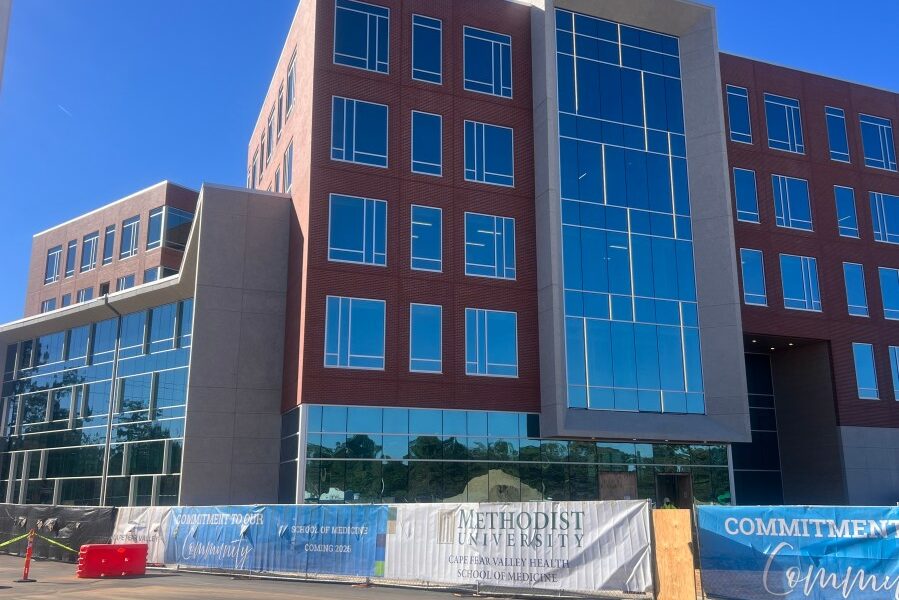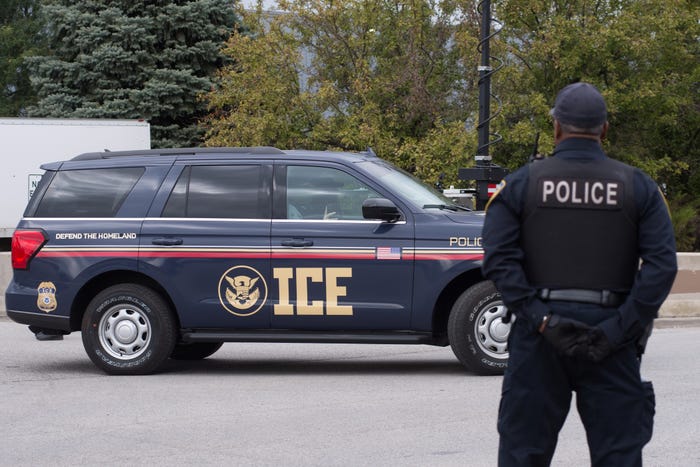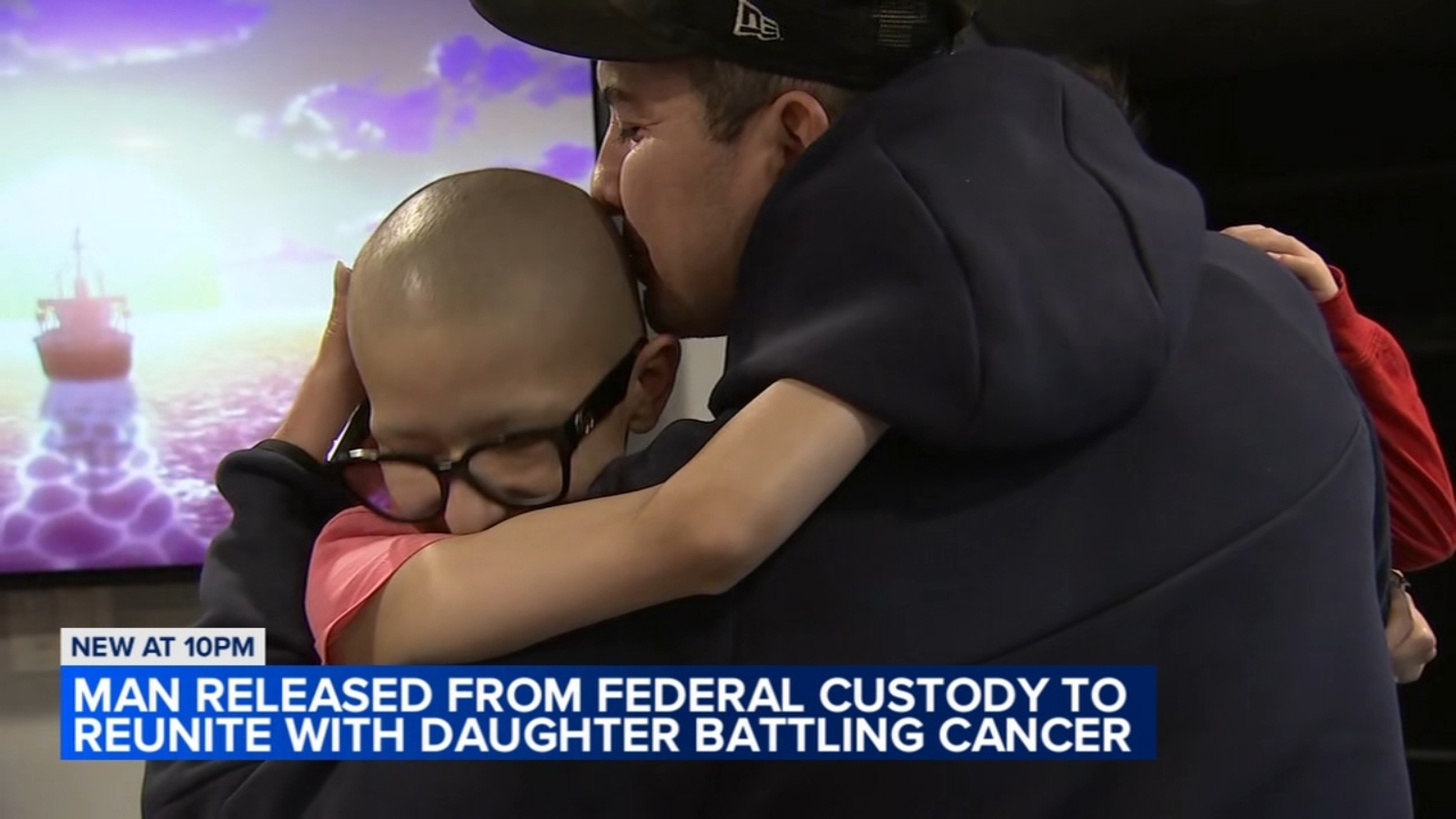UPDATE: New reports reveal significant transformations at Camp David, the U.S. presidential retreat in Maryland, showcasing its evolution through the decades. First established in 1942 by President Franklin D. Roosevelt, Camp David has undergone numerous enhancements, adapting to the needs of each president.
The retreat, originally called “Shangri-La,” was renamed by President Dwight Eisenhower in honor of his grandson in 1953. Over the years, various presidents have added amenities such as a swimming pool, a non-denominational chapel, and even a designated golf cart known as “Golf Cart One.” This 180-acre sanctuary not only serves as a getaway for presidents but also as a venue for critical diplomatic meetings.
Camp David’s historical significance surged in 1978 when President Jimmy Carter facilitated the groundbreaking Camp David Accords, leading to a peace treaty between Egypt and Israel. The location has hosted numerous world leaders, enhancing its reputation as a vital diplomatic hub.
During Richard Nixon’s presidency in the 1970s, a swimming pool was added, and the gravel paths were paved to accommodate golf carts, making the retreat more accessible. Nixon’s improvements set the stage for future presidents to further modernize the facility.
The interiors of Camp David have also reflected changing design trends. For instance, during Carter’s era, rooms featured plaid couches and wicker chairs. In contrast, President Joe Biden has updated the decor to sleek leather chairs and modern lighting, a stark evolution from the rustic aesthetic described by Donald Trump, who referred to Camp David as “very rustic.”
As of June 2025, Trump utilized Camp David for critical discussions on U.S. foreign policy, including negotiations concerning Israel and Hamas, demonstrating its ongoing relevance in contemporary politics.
With each administration, Camp David has not only served as a retreat but has also functioned as a pivotal space for significant national and international dialogues. The latest updates emphasize the continuing legacy of this historic site, prompting us to reflect on how a presidential retreat can shape diplomatic history.
Stay tuned for further developments on Camp David’s role in U.S. politics as it continues to adapt to the changing landscape of leadership and international relations.







